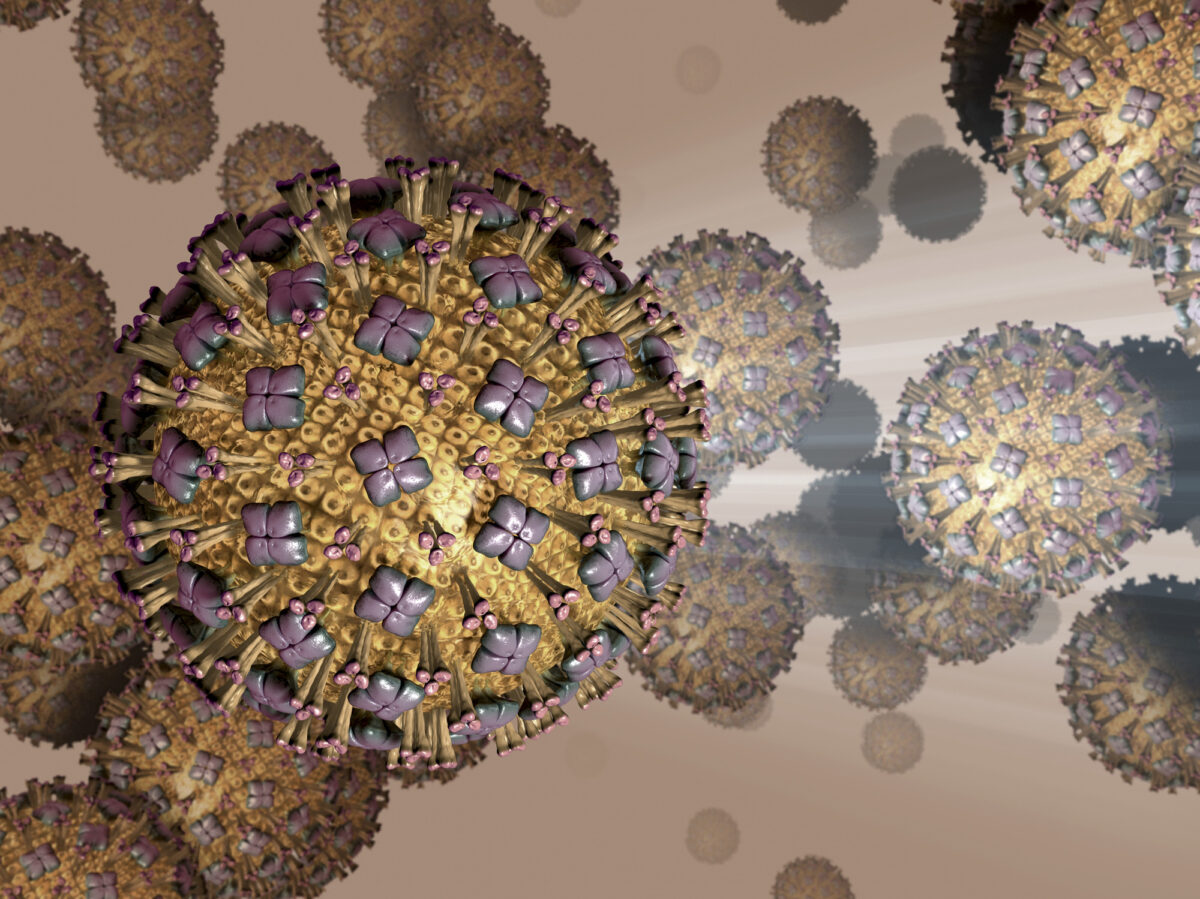Which Could Be a Reason Viruses Are Considered Nonliving Things
They do not have a cell wall or cell membrane. Viruses are not able to replicate without the metabolic machinery of the cell.

Are Viruses Alive 3 Reasons Why Scientists Say No
Some reasons supporting the fact that viruses are non-living are Outside hosts they are inert.

. Scientists say they are not. A virus has a very simple composition. Then the cell makes more viruses and splits open releasing the viruses and letting them spread.
Indeed based on everything else we know about what it takes to qualify as life a. Most viruses are only 20400 nanometers in diameter whereas human egg cells for example are about 120. Of course one could decide not to define life but in that case viruses can neither be regarded as living nor as non-living.
The question of whether viruses could be considered a life form is dependent on the definition of life or the state of being alive. Despite their potential to kill these potent pathogens are in fact considered to be non-living as alive as the screen that you are reading this article on. A virus that is outside of a host cell is known as a virion.
Viruses depend on their hosts for all their machinery and to produce most of their proteins during infection. Mainly nucleic acids proteins lipids. It can be crystallized.
Viruses attack cells and are dangerous to them. Why are viruses at the borderline of living and non-living things. Viruses do not have nuclei organelles or cytoplasm like cells do and so they have no way to monitor or create change in their internal environment.
A big reason of why viruses should not be considered a living thing is because they are not able to reproduce sexually or asexually. Viruses are responsible for some of the most dangerous and deadly diseases including influenza ebola rabies and smallpox. Using advanced bioinformatics methods they identified.
Why Are Viruses Considered Non-Living. Scientists have long argued that viruses are nonliving that they are bits of DNA and RNA shed from other cells. This complete reliability on a host for all their vital processes has led some scientists to deem viruses as non-living.
Not only are viruses microscopic they are smaller than many other microbes such as bacteria. Absence of organelles and cytoplasm. Viruses are responsible for some of the most dangerous and deadly diseases including influenza ebola rabies and smallpox.
No organism is entirely self-supporting however life is absolutely interdependent. They cannot reproduce independently. Viruses carry proteins in their virions however these proteins are used mainly.
Instead the only way they can reproduce is to attack cells by injecting DNA in the cell. Cell division is not seen. Once the virus infects a living organism it can replicate itself and continue on.
Viruses are considered nonliving organisms by most biologists. In 2009 David Moreira Purificacion Lopez Garcia wrote an entry about the reasons why viruses should not be inducted into the tree of life. Unlike living organisms that meet their energy needs by metabolic processes that supply energy-rich units of adenosine triphosphate ATP the.
The main support of their claim is that viruses do not meet the criteria that defines life. It has a protein sheath inside which. Certain virus strains will have an extra membrane lipid bilayer surrounding it called an envelope.
One might then conclude that even though these processes come under viral direction viruses are simply nonliving parasites of living metabolic systems. They are the basic unit of life. Viruses are inert packages of DNA or RNA that cannot replicate without a host cell.
As such there is some debate as to whether or not viruses should be considered living organisms. Which could be a reason viruses are considered nonliving things. 16 2019 Viruses are non-living creatures consisting of genetic material encased in a protein coat.
There are several reasons with the most common being their lack of transcriptional machinery. They do not grow in shape and size. Which could be a reason viruses are considered nonliving things.
Viruses are made of DNA and proteins but not cells. The researchers analyzed all of the known folds in 5080 organisms representing every branch of the tree of life including 3460 viruses. Do not exhibit life activities such as excretion and respiration.
A coronavirus for example is a nanoscale sphere made up of genes wrapped. Viruses have the same molecular composition as cells. Despite their potential to kill these potent pathogens are in fact considered to be non-living as alive.
Viruses come from cells. In science we generally define a living thing as an organism with a metabolism chemical process that keep the organism alive that can grow reproduce and respond. Why are cells called the building blocks of an organism.
Fundamental to the argument that viruses are not alive is the suggestion that metabolism and self-sustaining replication are key definitions of life. Viruses are made of DNA and proteins but not cells. Otherwise an implicit definition of life is being used.


No comments for "Which Could Be a Reason Viruses Are Considered Nonliving Things"
Post a Comment